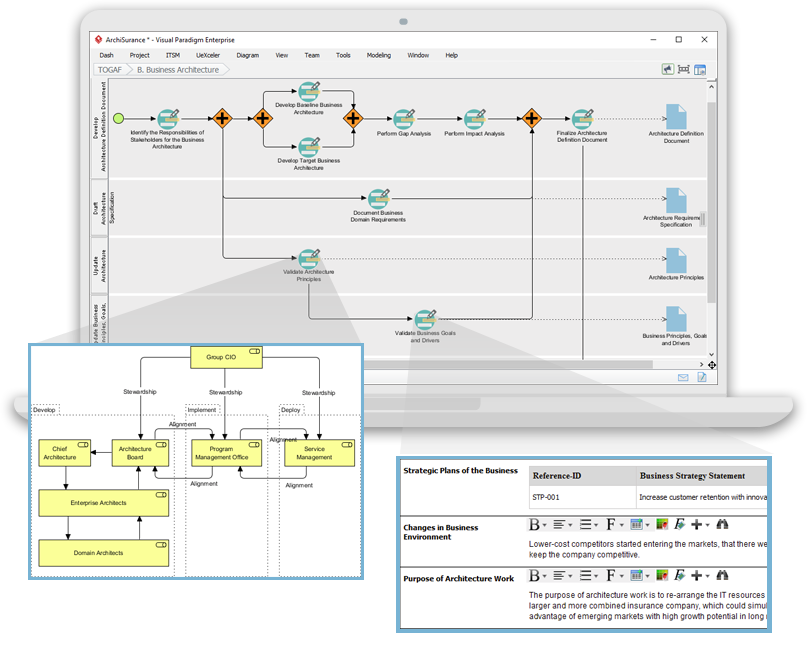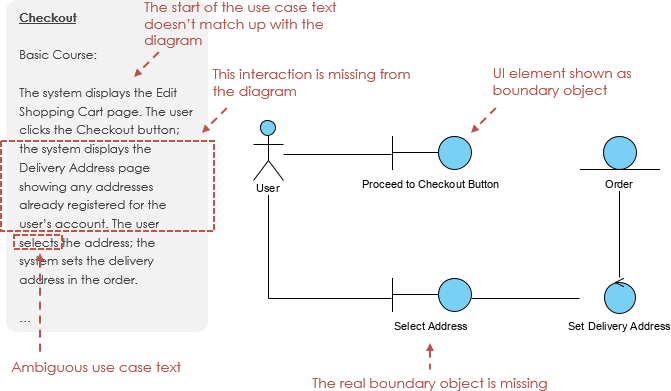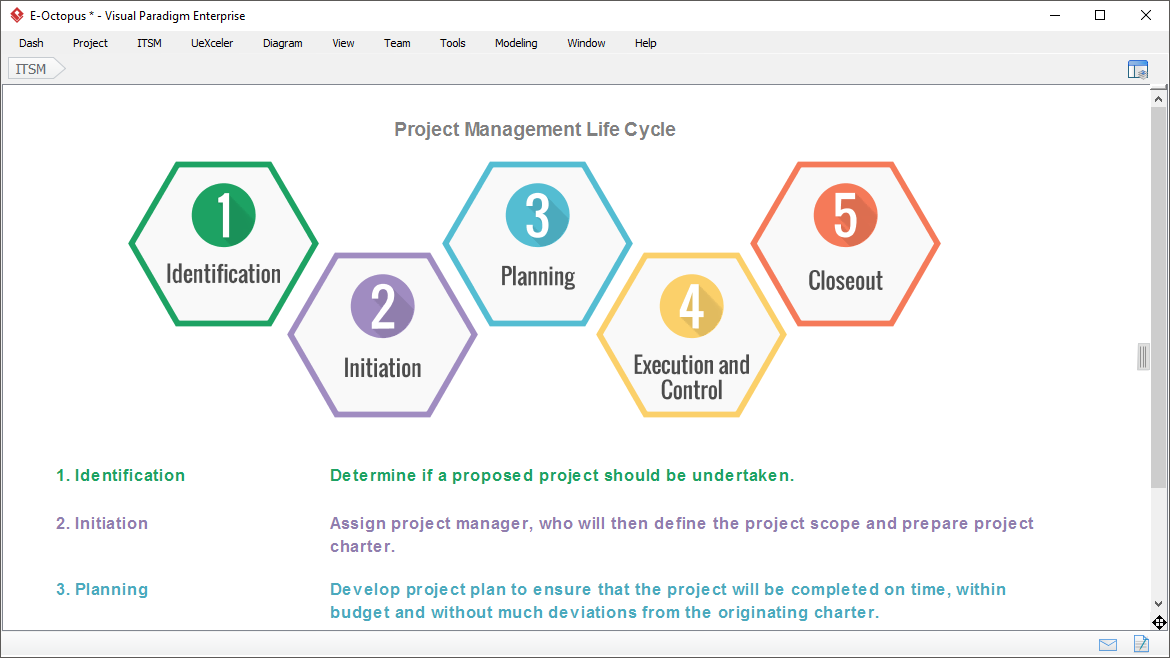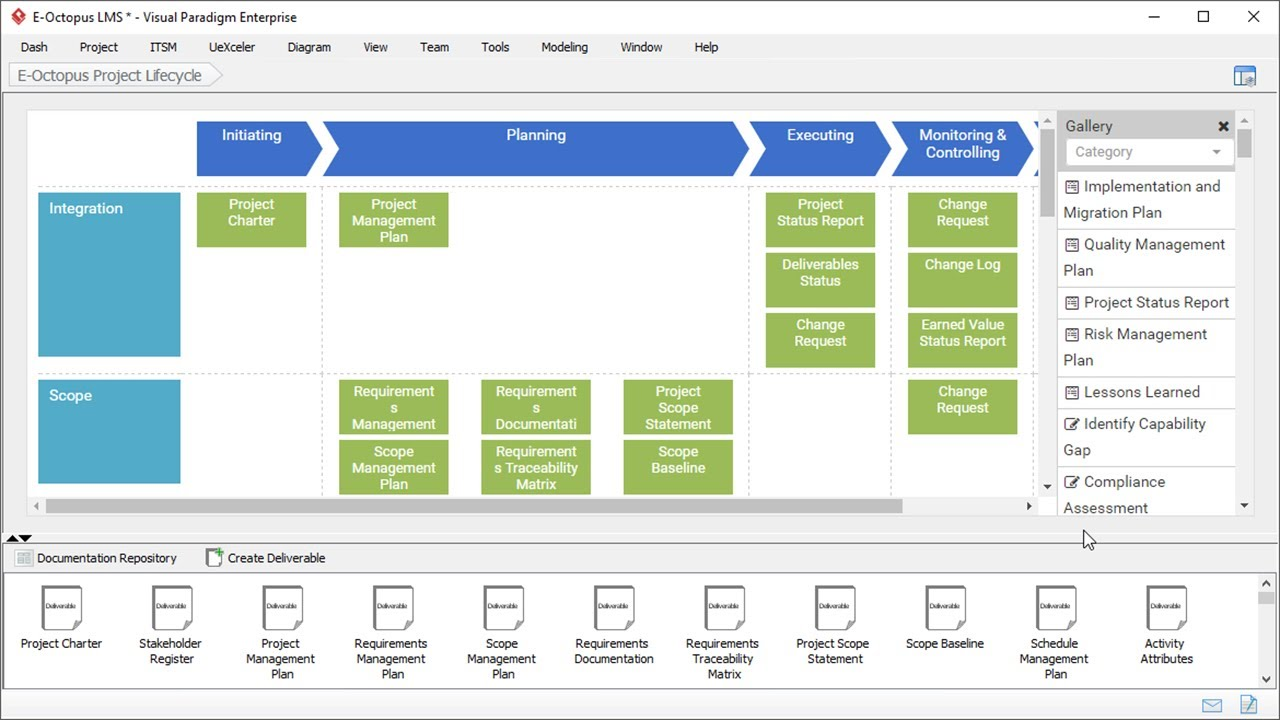Home » Archives for September 2023
-
Posted on September 27, 2023
-
/Under TOGAF
Introduction The TOGAF (The Open Group Architecture Framework) is a comprehensive framework used by organizations worldwide to improve their business efficiency through effective enterprise architecture. While TOGAF offers a robust and structured approach to architecture development, it can sometimes seem daunting for organizations looking to adopt it without significant upfront training investment. Fortunately, there's a solution - the Guided TOGAF ADM Process Map. In this article, we will explore how the Guided TOGAF ADM Process Map can help organizations navigate the TOGAF Architecture Development Method (ADM) and produce all the necessary deliverables with…
continue reading →
Introduction Robustness Analysis, initially introduced by Ivar Jacobson's Objectory Method but later excluded from the Unified Modeling Language (UML), is a valuable practice in software engineering. This method involves dissecting the narrative text of use cases to identify the primary set of objects participating in those use cases and categorizing these objects based on their roles. By doing so, robustness analysis facilitates a seamless connection between Use Cases and Domain Classes, effectively aligning with the Model-View-Control (MVC) software architecture. It's important to note that robustness analysis is not an integral component of UML…
continue reading →
Introduction Agile development methodologies have transformed the way software projects are managed, emphasizing collaboration, flexibility, and customer-centricity. Two popular tools in the agile toolkit for defining requirements are Use Cases and User Stories. Both serve the purpose of capturing and communicating software requirements, but they have distinct characteristics and are suited for different scenarios. In this article, we will compare Use Cases and User Stories in terms of their advantages, limitations, and provide examples to help you determine which approach is better suited for your agile development project. Use Cases Use Cases are…
continue reading →
Introduction Agile project management has become the de facto standard for software development and has been embraced by many other industries for its adaptability and focus on customer value. Within the realm of Agile, Scrum is one of the most popular frameworks, but it's important to understand that Agile and Scrum are not synonymous. In this article, we'll explore the key differences between Agile and Scrum, providing a clear contrast through a table and examples. Agile: A Framework for Flexibility Agile is a philosophy or mindset that prioritizes flexibility, collaboration, and customer-centricity in…
continue reading →
Introduction Project management is a critical discipline in today's dynamic business environment. It ensures that organizations efficiently utilize resources, meet their goals, and adapt to changing circumstances. Two widely used project management methodologies, the Project Management Body of Knowledge (PMBOK) and Agile, have gained prominence over the years. Each approach has its unique strengths and weaknesses, making them suitable for different project types and organizational contexts. In this article, we will explore the differences between PMBOK and Agile methodologies, examining their respective strengths and weaknesses. PMBOK (Project Management Body of Knowledge): PMBOK is…
continue reading →
Introduction Project management and enterprise architecture are two critical disciplines that play pivotal roles in shaping the success and efficiency of organizations. The Project Management Body of Knowledge (PMBOK) and The Open Group Architecture Framework (TOGAF) Architecture Development Method (ADM) are two widely adopted frameworks that help professionals manage projects and develop enterprise architectures, respectively. In this article, we will delve into the definitions, principles, and key differences between PMBOK and TOGAF ADM, supported by real-world examples to illustrate their applications. PMBOK: Managing Projects Effectively The Project Management Body of Knowledge (PMBOK) is…
continue reading →
Introduction Starting a small project may seem simple, but effective project management is crucial to ensure its success. The Project Management Body of Knowledge (PMBOK) provides a structured framework to plan, execute, and control projects. In this beginner's guide, we will walk you through the essential steps for kickstarting a small project using PMBOK principles. Define Your Project: Start by clearly defining the project's objectives and scope. What is the goal of your project? What are the boundaries of the project, and what is not included? Identify key stakeholders, including team members, sponsors,…
continue reading →
Are you tired of struggling with the complexities of Project Management, from the daunting learning curve to the high costs associated with hiring certified professionals? Visual Paradigm has the solution you've been searching for with our groundbreaking PMBOK® tool. Say goodbye to the challenges and hello to streamlined IT project management, all at minimal costs. Out-of-the-Box Project Management in PMBOK Template Navigating the vast landscape of Project Management can be a time-consuming and frustrating endeavor. Hours are wasted searching for relevant information just to take one step forward. Visual Paradigm changes the game…
continue reading →
The Project Management Body of Knowledge (PMBOK) is a widely recognized and comprehensive guide to project management. Developed by the Project Management Institute (PMI), PMBOK provides a structured framework for managing projects effectively. In this tutorial, we will explore the key concepts of PMBOK with examples to help you understand and apply project management principles in real-world scenarios. 1. Introduction to PMBOK PMBOK is divided into two main components: process groups and knowledge areas. It outlines a systematic approach to managing projects, emphasizing the importance of standardized processes and knowledge areas. 2. Project…
continue reading →
Introduction Project management is a critical discipline in today's business and organizational landscape, aiming to achieve specific goals within defined constraints. To streamline project management practices and provide a standardized framework for professionals, the Project Management Institute (PMI) introduced the Project Management Body of Knowledge (PMBOK). In this article, we'll delve into what PMBOK is, how it aids project management, and how it compares to other similar approaches. What is PMBOK? PMBOK, an acronym for the Project Management Body of Knowledge, is a comprehensive guidebook developed by PMI, a globally recognized organization dedicated…
continue reading →







